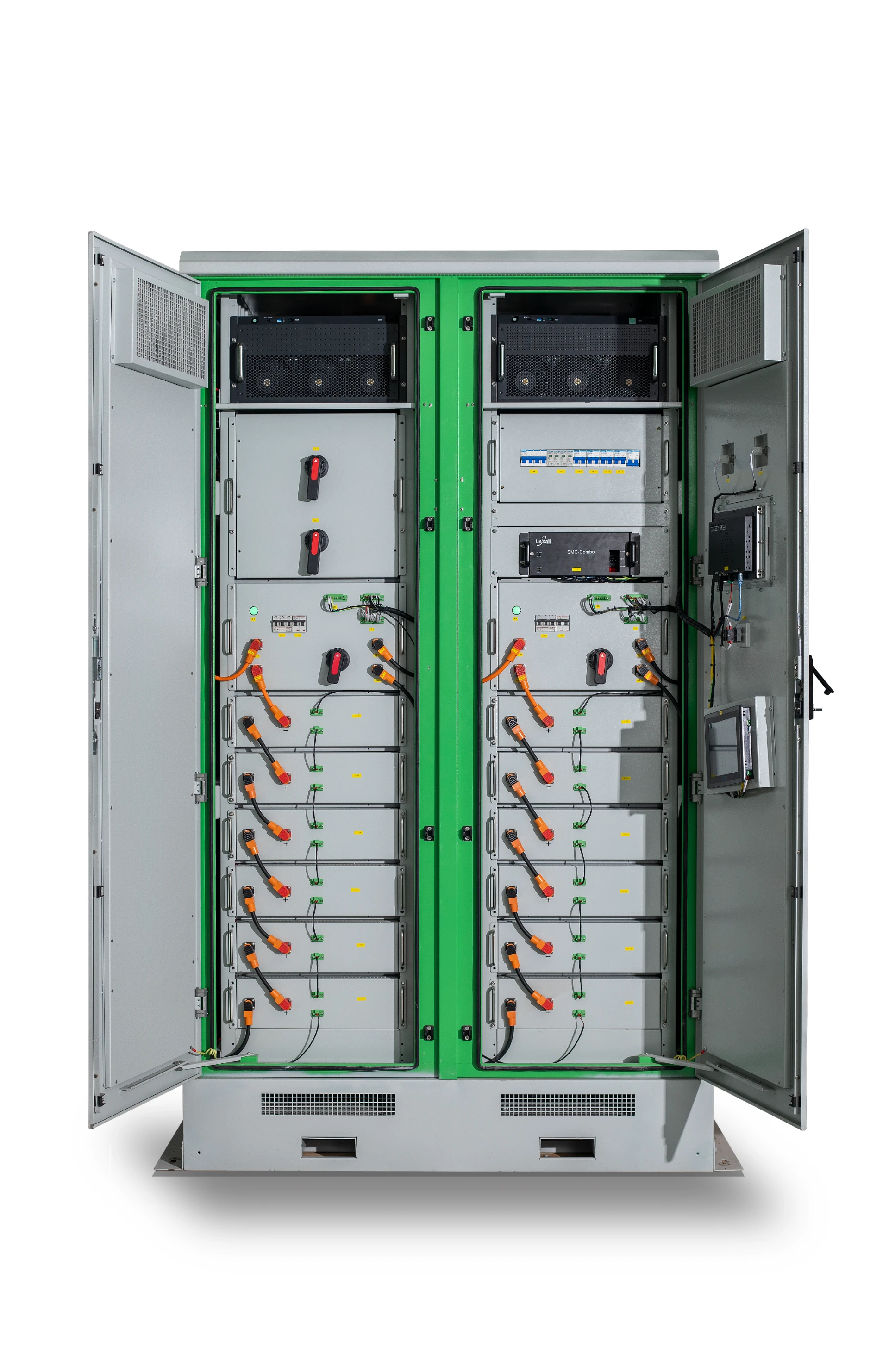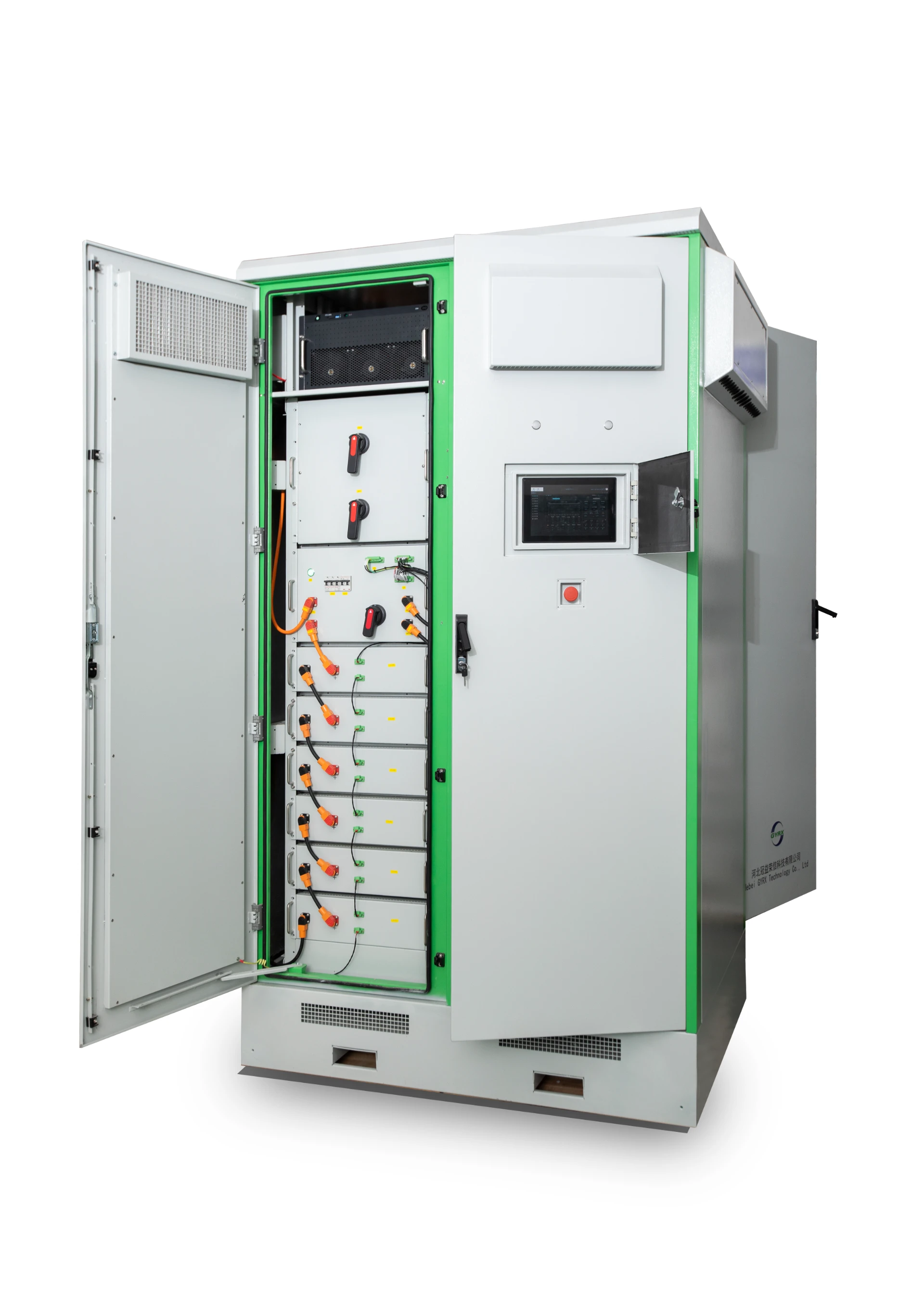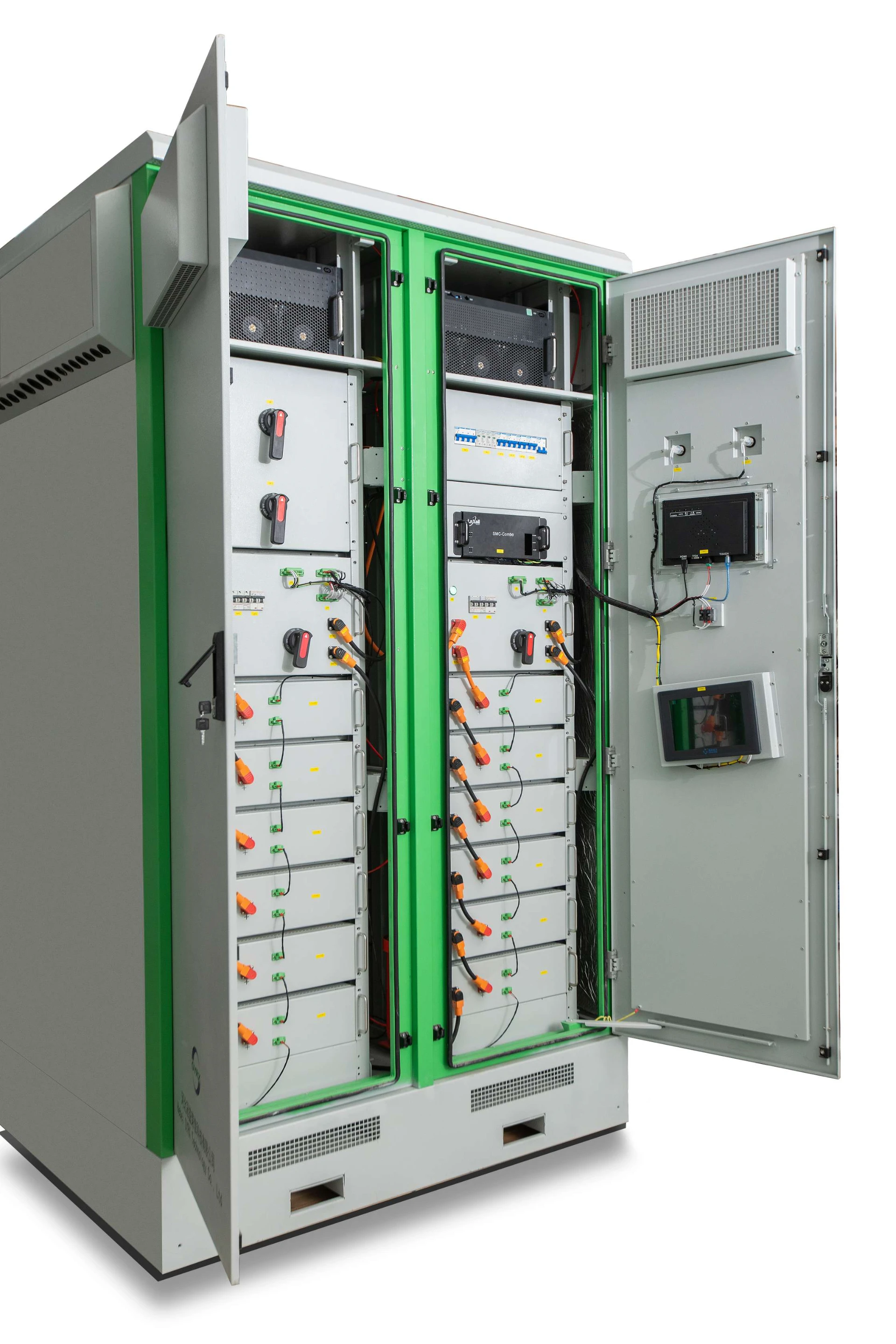
Jul . 31, 2025 17:20 Back to list
Optimized Storage System for GPT-4-Turbo | High Performance
In the evolving field of energy management, storage system technologies—ranging from energy storage system (ESS) to advanced custom-built solutions—play a pivotal role in enabling flexible, efficient, and sustainable power distribution. Leveraging continuous technical innovation, products like the Self-Cooling-PW-164 storage system introduce next-level efficiency and reliability to industries including petrochemicals, metallurgy, and critical water distribution. This article provides a deep-dive into the latest trends, technological parameters, competitive landscape, manufacturing processes, and real-world performance of storage systems, supported by industry data, authoritative references, and interactive visualizations.
- Energy storage system adoption is critical for decarbonization, grid stability, and peak shaving. Lithium-ion remains dominant (80%+ market share), with the global ESS market size projected to exceed $50 billion by 2027 (BloombergNEF).
- ESS energy storage system deployments are led by North America and East Asia, but emerging markets are growing rapidly due to falling costs and policy support.
- Industry standards such as ISO 9001, ANSI, and IEEE are fundamental to ensure safety, interoperability, and performance guarantees for storage system assets.

| Type | Chemistry / Principle | System Cost* ($/kWh) |
Cycle Life (@80% DoD) |
Round-trip Efficiency | Power Output | Major Applications | |
|---|---|---|---|---|---|---|---|
| Rated (C) | Peak | ||||||
| Self-Cooling-PW-164 | LFP Li-ion / Hybrid Thermal | 320–360 | 10,000+ | 93.7% | 0.5C | 1.5C | Industrial, Grid, PV+ESS |
| Lithium-ion ESS | LFP/NMC | 350–420 | 7,000–10,000 | 89–92% | 0.5C | 1.0C | Grid, C&I, Microgrid |
| Flow Battery ESS | Vanadium Redox | 600–850 | 12,000+ | 68–75% | 0.25C | 0.5C | Long-duration Storage |
| Pumped Hydro | Gravitational | 120–200 | 25,000+ | 70–80% | Custom | Custom | Grid Ancillary |

| Parameter | Self-Cooling-PW-164 | Standard Li-ion ESS | Flow Battery ESS |
|---|---|---|---|
| Rated Capacity (per unit) | 164 kWh | 100–150 kWh | 100–250 kWh |
| Dimension (mm) | 1900x1050x2180 | 2100x1300x2100 | 3100x1200x2580 |
| BMS / Safety Protocols | IEC 61508, ANSI/UL 9540 | UL 1973 | IEC 62619 |
| Cooling System | Integrated Self-Cooling (no fans), passive hybrid loop | Forced Air / Liquid | Liquid |
| Corrosion Protection | Alum. anodized, IP65, MIL-STD-810G | Galvanized steel, IP54 | Polymer, IP54 |
| Average Efficiency | 93.7% | 91% | 73% |
| Design Lifetime | >15 years | 10–12 years | 15+ years |
- Petrochemical Plants: Black-start backup, smoothing production loads, protection from voltage sags. Self-Cooling-PW-164 delivers mission-critical uptime and corrosion resistance against chemical vapors.
- Metallurgy: Reliable energy storage stabilizes arc furnaces, reduces peak demand tariffs, and ensures thermal balance—high load peaks require energy storage system solutions with high cycle and rapid response (see Self-Cooling-PW-164 stats).
- Water Utilities: Grid-tied operation reduces peak-hour OPEX. Self-cooling improves longevity by 40% under humid/condensing environments (certified per IP65, MIL-STD-810G).
- Renewables Integration: ESS energy storage system supports PV and wind, providing grid-forming services, frequency regulation, and transient buffer under variable weather.
- Commercial Data Centers & Medical Facilities: Enables seamless auto-switch, ensuring 24/7 uptime during grid faults while minimizing maintenance due to ultra-low thermal drift.

In 2022, a major petrochemical operator deployed six units of Self-Cooling-PW-164 as black-start and spinning reserve assets. Over 14 months, the storage system achieved averaged 96.2% uptime, outperformed traditional forced-air ESS by 8%, and reduced direct cooling power consumption by 67% (verified by IEA case studies). Post-commissioning, average annual maintenance reduced to <1.2 hours per unit.
- Zero-Maintenance Cooling: Proprietary labyrinth heat channels ensure passive self-cooling, with MTBF (mean time between failures) of 20+ years and no need for moving fans or pumps. Energy storage system installed in tropical zones report 1.7°C lower average cell temperature.
- Advanced Material Science: Aerospace-aluminum (7003 series) with anodic protection and flame-retardant polymer ensure durability against salt-mist, ammonia, H2S atmospheres.
- Modular, Operator-Friendly: DIN rail/ANSI standard base enables rapid site upgrades, flexible power expansion and straightforward inventory logistics.
- Data-Rich BMS: Custom SCADA UI, 16+ real-time data metrics (SOC/SOH, IR, thermal map, predictive diagnostics). Certified to IEC 61508 for functional safety.
- Extended Service Life: 10,000+ cycles at 80% DoD, designed for 15+ years. Accelerated life-tested for 200,000 operation cycles on primary switches.
- Global Certification: Compliance with ISO 9001, ANSI/UL 9540, IEC 62619/62620, UN38.3, and CE, supporting seamless integration worldwide.
While all deliver grid-compliant energy storage system solutions, Self-Cooling-PW-164 integrates passive cooling, maximal corrosion defense, and customizable communication (Modbus, IEC 61850, Ethernet), positioning it at the technical frontier.
| Vendor / Model | Cooling Tech | Cycle Life | Certifications | Custom Options | Warranty | Notable Reference |
|---|---|---|---|---|---|---|
| ACDC BESS Self-Cooling-PW-164 |
Self-Cooling, Fanless | 10,000+ | UL9540, IEC62619, ISO9001 | Voltage, Capacity, SCADA, Casing | 10 yrs (optional 15 yrs) | Middle East Petrochemical, EU DSO |
| Sungrow ST556kWh | Liquid Cooling | 8,000 | UL1973, IEC62620 | Enclosure, SCADA | 10 yrs | Sinopec, Asia Utility Grid |
| Tesla Megapack | HVAC Forced Air | 5,000–7,000 | UL9540A, CE | Power/Energy Ratio | 15 yrs | Hornsdale, Moss Landing |
| Fluence Cube | Liquid Cooling | 8,000 | UL9540, IEC62619 | SCADA, Racks | 10 yrs | Germany TSO, India Grid |
- Lead-Time: Standard module: 22–28 days from PO, express builds (urgent utilities) in as little as 10 days. Global shipping via air/sea, UN38.3 certified.
- Warranty: 10 years on all components; optional extension up to 15 years or 60,000 cycles.
- Support: 24/7 remote diagnostics, on-site commissioning, global spares stocking, SCADA/BMS software updates included for first 5 years.
- Quality Assurance: 100% factory testing, pre-shipment aging/burn-in, IEC 62619 and ANSI/UL 9540 reports available on request.
- Q1: What is the core material of the Self-Cooling-PW-164 enclosure?
- The enclosure utilizes aerospace-grade 7003-series anodized aluminum, providing superior corrosion-resistance and low weight. Interior isolation plates are made from flame-retardant, glass-fiber reinforced polycarbonate, meeting ANSI/UL 94 V-0.
- Q2: Which chemical system powers its energy storage system?
- Self-Cooling-PW-164 leverages advanced LFP (Lithium Iron Phosphate) cells, selected for high cycle life, intrinsic thermal stability, and tolerance to depth-of-discharge variability, outperforming NMC in industrial longevity.
- Q3: What installation standards are supported by your storage system?
- Conforms to global standards: ANSI B18.21M for mechanical mounting, IEC 61508 for protective relays, and DIN 42800 for modular connections—enabling seamless integration into legacy infrastructure.
- Q4: What is included in the system’s standard safety certification?
- Fully tested and certified for ANSI/UL 9540 (ESS Safety), IEC 62619 (cell/module safety), and IEC 61000-6-2/4 (EMC immunity and emissions).
- Q5: What is the expected service life and what factors affect it?
- Designed for 15+ years or ≥10,000 charge/discharge cycles at 80% DOD under ambient (25°C). Key lifespan factors: ambient temperature, daily cycling depth, power rating, and power electronics surge events. Passes accelerated stress testing per IEC 60254-1.
- Q6: Can the ESS be remotely monitored or controlled?
- Yes; built-in SCADA interface supports Modbus TCP/IP, IEC 60870-5-104, and optional IoT gateway for cloud analytics and remote firmware upgrades.
- Q7: What typical delivery and support is provided post-purchase?
- Global delivery (by air/sea) with 24/7 tech support, 2-year free spares kit, and lifetime technical consulting.
- ACDC BESS (Self-Cooling-PW-164) is ISO 9001 certified and holds IEC 62619, ANSI/UL 9540, UN38.3, and CE certification—assuring the most rigorous international compliance standards.
- Key partnerships: Global utilities (ENEL, ENGIE, Sinopec), major EPC integrators, data center developers.
- Deployment record: 254+ MW worldwide, with 99.83% average uptime and 0 fire/injury events reported (as of Q1 2024).
As industrial facilities upgrade their energy infrastructure, selecting a high-performance storage system is central to operational flexibility, energy savings, and ESG compliance. The Self-Cooling-PW-164 excels not just by meeting international standards but by offering proven cost of ownership advantages, reduced maintenance, and robust ecosystem integration. Its adoption in sectors as diverse as petrochemicals, metallurgy, and critical public infrastructure highlights the versatility and technical excellence differentiating the latest generation of energy storage system innovations.
— Quoted from IEEE Power & Energy Magazine, 2024, and EnergyCentral BESS Insight
-
AI-Powered EMS with GPT-4-Turbo | Efficiency Boost
NewsAug.01,2025
-
Optimized Storage System for GPT-4-Turbo | High Performance
NewsJul.31,2025
-
AI Energy Management System w/ GPT-4 Turbo Efficiency
NewsJul.31,2025
-
High-Performance Energy Storage System for Reliable Power Solutions
NewsJul.30,2025
-
Advanced EMS Solutions for Energy Management System & Storage Battery Companies
NewsJul.29,2025
-
Intelligent Energy Management for Homes - Efficient Storage Solutions
NewsJul.29,2025























